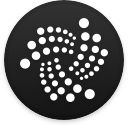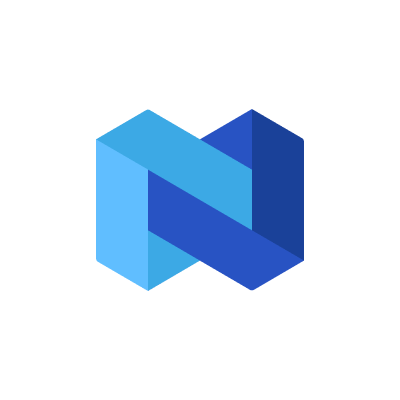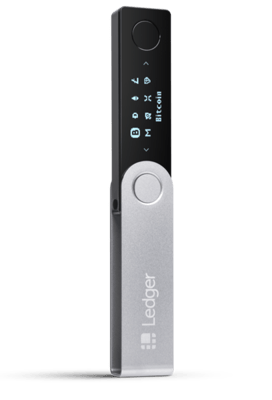Review
Learn more about IOTA.
IOTA Review
When investing in virtual currency, you need to do your research. We provide you with reviews of each world top cryptocurrency out there, so that you can find the best crypto coins to invest in for you. This is a review of IOTA Coin.
What is IOTA?
IOTA aims to be the blockchain-based backbone of the internet of things (IoT). The project is a blockchain-based example of smart device management. As the internet of things (IoT) keeps expanding, we are observing a need for interoperability and sharing of resources. This project enables companies to discover new business-2-business models to be traded on an open-market in real time, with no fees.
The main platform behind the project and the cryptocurrency is the Tangle ledger. It’s a scalable, decentralized and modular ledger that can be adapted to manage everything from smart cars to Wi-Fi bandwidth. Accordingly, users of IOTA should be able to use it to lease anything with a chip.
In layman’s terms, IOTA can be used to immediately lease the computing power of your smart devices to people around the world. It does however have many more areas of usage than that.
How Does It Work?
The project calls itself the backbone of the new self-directed machine economy. As mentioned above, the main technology here is the Tangle ledger. The Tangle ledger is proficient in settling transactions with zero fees. The ledger enables devices to trade exact amounts of resources on-demand, while also storing data from sensors and data-loggers.
One of the characteristics of the Tangle ledger that makes it different from blockchain ledger is that it is a “block less ledger”. As it is block less, it is also scalable and lightweight.
Because the Tangle ledger does not use blocks, it can transfer value without any fees. It is an inherent element of the system. This leads to a decentralized and self-regulated peer-to-peer network.
IOTA Aspects and Practical Uses
Finally, the primary advertised role of IOTA is to assist us in managing and exploiting smart devices in a more efficient manner. It creates an economy of things, where we can also share the computing power of our smart devices in real-time.


 Hassan Maishera
Hassan Maishera










